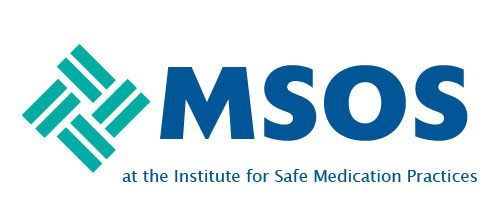Hi,
We are evaluating our High Alert Med policy as well as our use of secondary infusions for intermittent infusions 100 mL or less. ISMP's recommendation is that most small volume should be infused as a secondary infusion on the pump to reduce the drug loss in the line (Additional Strategies to Improve Complete Delivery of Small-Volume Intermittent Infusions, 2021). All recommendations or literature I find regarding high alert medications and secondary infusions involve using the high alert medication as the primary line and administering another medication onto it as a secondary.
Are small volume high alert medications (i.e potassium chloride/phosphate, magnesium sulfate, calcium gluconate) allowed to be administered as a secondary infusion onto a primary line of compatible fluid?. If not, do you have procedures in place to ensure the entire dose is flushed from the primary line?
I appreciate your help!
Mara Miller
Medication Safety Coordinator
Kaweah Health
maryoung@kaweahhealth.org

